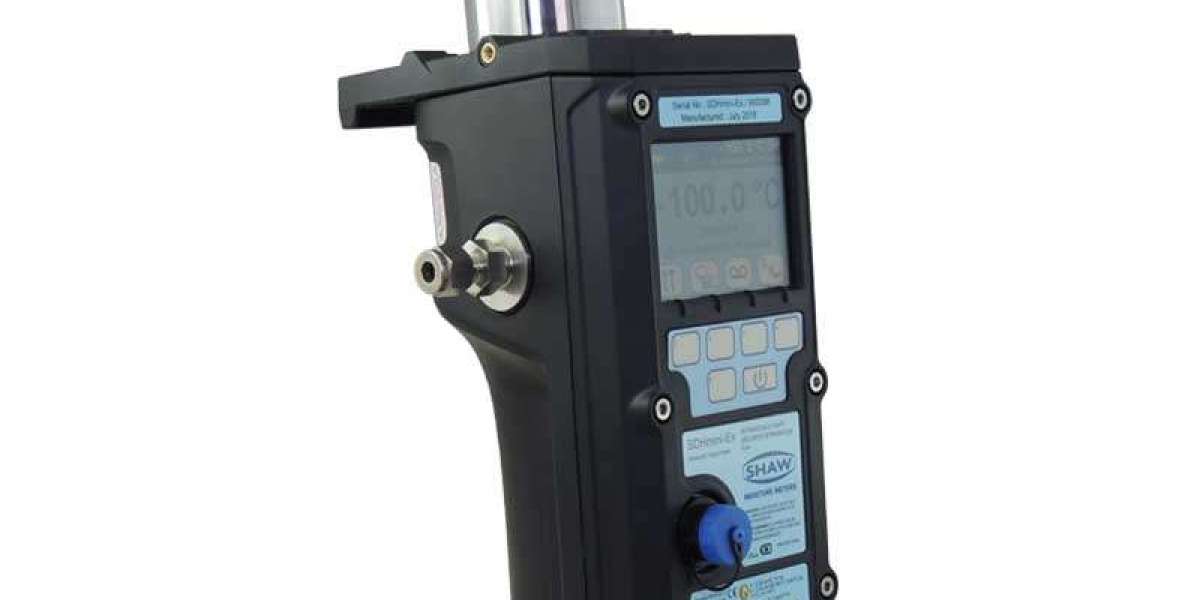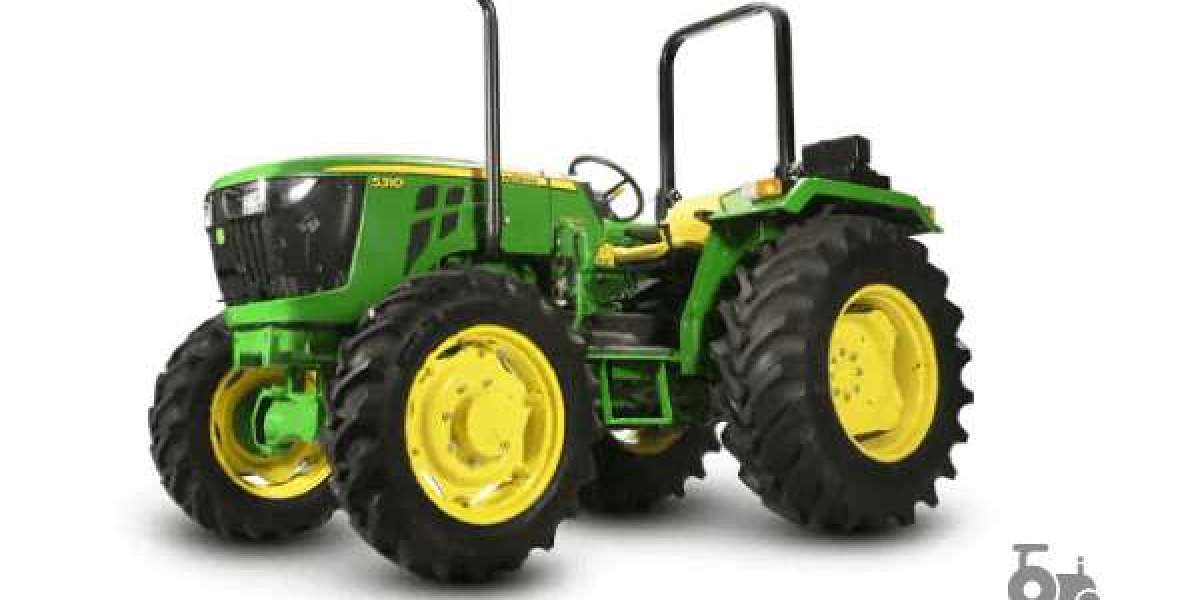A dewpoint meter is a crucial instrument for measuring the dew point—the temperature at which air becomes saturated with moisture and water vapor begins to condense. This measurement is vital for various industries, including HVAC, manufacturing, and meteorology, where moisture levels play a significant role in ensuring product quality, safety, and efficiency. By understanding how dewpoint meters work and their applications, professionals can make informed decisions and take appropriate measures to control humidity levels in different environments.
In this article, we’ll explore what a dewpoint meter is, how it works, the different types available, and the key benefits of using such a device. Whether you’re a business owner, technician, or enthusiast in the field of atmospheric science, understanding the importance of dewpoint meters is essential.
What is a Dewpoint Meter?
A dewpoint meter, also referred to as a dew point hygrometer, is a specialized tool used to measure the dew point temperature of the air or gas. It helps determine how much moisture is in the air, providing valuable insights into relative humidity and air quality. A dewpoint meter measures the temperature at which the water vapor in the air begins to condense into liquid water.
Dewpoint meters are essential for applications where moisture control is critical. These include controlling condensation in industrial settings, monitoring air quality in HVAC systems, ensuring safe storage conditions in sensitive environments (e.g., food or pharmaceutical industries), and determining moisture levels in compressed air systems.
How Does a Dewpoint Meter Work?
The basic principle behind a dewpoint meter is its ability to determine the point at which moisture in the air turns into liquid water. There are several ways dewpoint meters can achieve this, depending on the technology used. Some of the most common methods include:
Chilled Mirror Method
The chilled mirror method is one of the most accurate and reliable ways of measuring dew point. It involves cooling a mirror until condensation begins to form on its surface. A sensor detects the temperature at which condensation occurs, and this temperature is recorded as the dew point. The chilled mirror method is typically used in laboratories and high-precision industrial environments because of its accuracy.
Capacitive Sensor Method
Capacitive dewpoint meters use a sensor that measures the change in capacitance as the relative humidity in the air changes. As moisture content increases, the sensor’s capacitance increases, allowing the meter to calculate the dew point based on the measured capacitance.
Resistive Sensor Method
In resistive sensor dewpoint meters, the sensor’s resistance changes with moisture content. As humidity increases, the resistance decreases, and the meter uses this data to calculate the dew point. This method is commonly used in industrial applications where speed and durability are important.
Thin Film Technology
Some modern dewpoint meters use thin film technology, where a thin layer of material is used to detect changes in moisture levels. The film changes properties based on the level of humidity in the air, allowing the device to measure the dew point accurately.
Types of Dewpoint Meters
Dewpoint meters are available in various forms, each designed to cater to specific needs and industries. The most common types include:
Portable Dewpoint Meters
Portable dewpoint meters are handheld devices that are ideal for on-site measurements. These meters are widely used by technicians and professionals who need to measure the dew point at different locations. Portable models are compact, easy to use, and provide quick results. They are essential for industries such as HVAC, compressed air systems, and fieldwork.
Fixed Dewpoint Meters
Fixed dewpoint meters are typically installed in specific locations for continuous monitoring of dew point levels. These meters are often used in controlled environments where humidity levels need to be closely regulated, such as in clean rooms, warehouses, and laboratories. Fixed models provide real-time data and can be integrated with other systems for automated control.
Hygrometer-Based Dewpoint Meters
These dewpoint meters combine the capabilities of a hygrometer and a dewpoint meter. They offer a comprehensive solution for measuring both relative humidity and dew point in a variety of settings. Hygrometer-based meters are often used in research, industrial settings, and environmental monitoring.
Online Dewpoint Monitors
Online dewpoint monitors are designed for continuous monitoring of the dew point in systems where high levels of moisture can cause damage or inefficiencies. These devices are used in air compressors, gas pipelines, and industrial equipment, ensuring that moisture levels are within safe limits at all times.
Applications of Dewpoint Meters
Dewpoint meters play an essential role in several industries, ensuring the quality and safety of products and systems. Below are some of the primary applications of dewpoint meters:
HVAC Systems
In heating, ventilation, and air conditioning (HVAC) systems, dewpoint meters help ensure proper humidity control. By maintaining the right humidity levels, HVAC systems can prevent condensation, mold growth, and discomfort. Dewpoint meters allow technicians to monitor air conditions in real-time, ensuring energy efficiency and optimal indoor air quality.
Compressed Air Systems
Dewpoint meters are crucial for monitoring the moisture levels in compressed air systems. Excess moisture can damage equipment, reduce efficiency, and lead to costly repairs. Dewpoint meters help detect excessive moisture before it becomes a problem, allowing for timely maintenance and efficient operation of industrial machinery.
Pharmaceutical and Food Industries
In industries such as pharmaceuticals and food processing, controlling moisture levels is critical for product quality and shelf life. Dewpoint meters help maintain the required environmental conditions to prevent contamination, spoilage, or degradation of sensitive products. By ensuring the right humidity, companies can enhance product integrity and maintain regulatory compliance.
Meteorology and Weather Stations
Dewpoint meters are commonly used in meteorology to measure the dew point in the atmosphere. This information is vital for weather forecasting, climate research, and predicting phenomena such as fog, frost, and dew. Meteorologists rely on accurate dewpoint measurements to make informed predictions about weather conditions.
Industrial Manufacturing
In manufacturing environments, moisture can impact product quality and machinery performance. Dewpoint meters help monitor and control humidity levels in environments such as warehouses, clean rooms, and production lines. This ensures that products are made under optimal conditions and that equipment operates smoothly without moisture-related issues.
Benefits of Using a Dewpoint Meter
Using a dewpoint meter offers numerous advantages, particularly in industries where moisture control is critical. Some of the key benefits include:
Improved Efficiency
By accurately measuring and controlling dew point levels, businesses can avoid issues caused by excess moisture, such as corrosion, equipment breakdowns, and product spoilage. This leads to better operational efficiency and reduced downtime.
Enhanced Product Quality
Maintaining optimal humidity levels ensures that products are made and stored under the best conditions, leading to higher product quality and longer shelf life. In industries such as food and pharmaceuticals, this is particularly important for meeting regulatory standards.
Cost Savings
By detecting moisture problems early, dewpoint meters can help businesses prevent costly damage and maintenance. Reducing energy consumption in HVAC systems and compressed air systems is another cost-saving benefit.
Safety and Compliance
In industries where moisture can impact safety, such as gas pipelines and compressed air systems, dewpoint meters ensure that systems operate within safe parameters. This helps prevent accidents and ensures compliance with industry regulations.
Conclusion
Dewpoint meters are invaluable tools that provide precise measurements of moisture levels in the air or gases. From HVAC systems to industrial manufacturing, their ability to monitor and control dew point temperatures ensures better efficiency, product quality, and safety across a range of applications. Whether you're in the field of meteorology, manufacturing, or environmental control, understanding the importance of dewpoint meters and using them effectively can greatly enhance operational outcomes.








